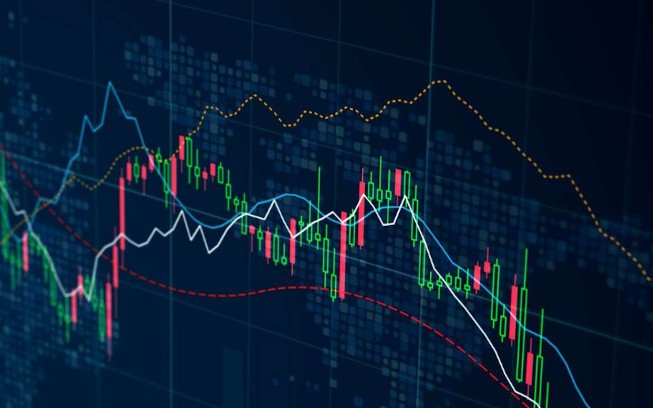
Mastering Forex Trading Techniques
The world of forex trading can be both thrilling and daunting. Traders, whether novice or seasoned, seek effective techniques to navigate the complexities of the foreign exchange market. This article explores various forex trading techniques that can significantly increase trading efficiency and profitability. For those looking for reliable brokers, consider checking out the forex trading techniques Best Ivorian Brokers.
Understanding Forex Trading Basics
Before delving into techniques, it is essential to understand the fundamentals of forex trading. Forex, or foreign exchange, refers to the trading of currencies against each other. Traders speculate on the price movements of currency pairs, aiming to buy low and sell high. The forex market operates 24/5 (five days a week), allowing traders from all over the world to participate at their convenience.
Essential Forex Trading Techniques
1. Technical Analysis
Technical analysis involves using historical price data to predict future price movements. Traders utilize various chart patterns, indicators, and tools to chart market trends. Key components of technical analysis include:

- Trend Lines: These lines indicate the general direction of the market. Consistent upward or downward trends can signal potential trades.
- Support and Resistance Levels: Support refers to the price level where a currency tends to stop falling, while resistance refers to the level where it struggles to rise further.
- Indicators: Tools such as Moving Averages, Relative Strength Index (RSI), and Bollinger Bands help traders make informed decisions based on mathematical calculations of price movements.
2. Fundamental Analysis
Fundamental analysis differs from technical analysis as it focuses on economic indicators, news events, and geopolitical factors that can impact currency values. Some key components include:
- Interest Rates: Changes in central bank interest rates can significantly influence currency value. Traders should closely monitor central bank announcements.
- Economic Reports: Economic growth indicators, such as GDP growth, employment rates, and inflation, can offer insight into a country’s economic health.
- Political Stability: Countries with stable political environments tend to attract more foreign investment, positively impacting their currency.
3. Risk Management
No trading technique can ensure profits without a solid risk management strategy. Here are some essential risk management techniques:
- Setting Stop-Loss Orders: A stop-loss order automatically closes a trade at a predetermined price to limit potential losses.
- Position Sizing: This involves calculating the size of a trade based on account balance and risk tolerance, preventing excessive losses.
- Diversification: Spreading trades across various currency pairs can reduce risk exposure to a single currency’s volatility.

4. Trading Strategies
Developing a coherent trading strategy is key to long-term success in forex trading. Here are a few popular strategies:
- Scalping: This technique involves making numerous small trades throughout the day to capture tiny price movements. It requires a high level of focus and quick decision-making.
- Day Trading: Day traders open and close positions within the same trading day to capitalize on intraday price movements. This approach often reduces overnight risk.
- Swing Trading: Swing traders hold positions for days or weeks, seeking to profit from price swings or trends in the market.
- Position Trading: This long-term strategy involves holding trades for weeks or months, based on fundamental analysis.
5. Emotional Discipline
Emotional discipline is often overlooked but is crucial for successful trading. The forex market can evoke strong emotions such as fear and greed, affecting decision-making. Strategies to promote emotional discipline include:
- Developing a Trading Plan: A clear plan helps traders stay focused on their strategy and avoid impulsive decisions.
- Keeping a Trading Journal: Recording trades and decisions aids in recognizing patterns and learning from mistakes.
- Practicing Mindfulness: Techniques such as meditation can help traders stay calm and collected during volatile market conditions.
Conclusion
Successful forex trading requires a combination of informed analysis, strategic planning, risk management, and emotional discipline. By mastering various forex trading techniques, traders can navigate the complexities of the market and increase their chances of profitability. Continuous learning and adaptation to changing market conditions will ensure that traders remain competitive and informed. As the forex trading landscape evolves, those equipped with the right techniques and knowledge will find success in their trading endeavors.




Leave a Reply